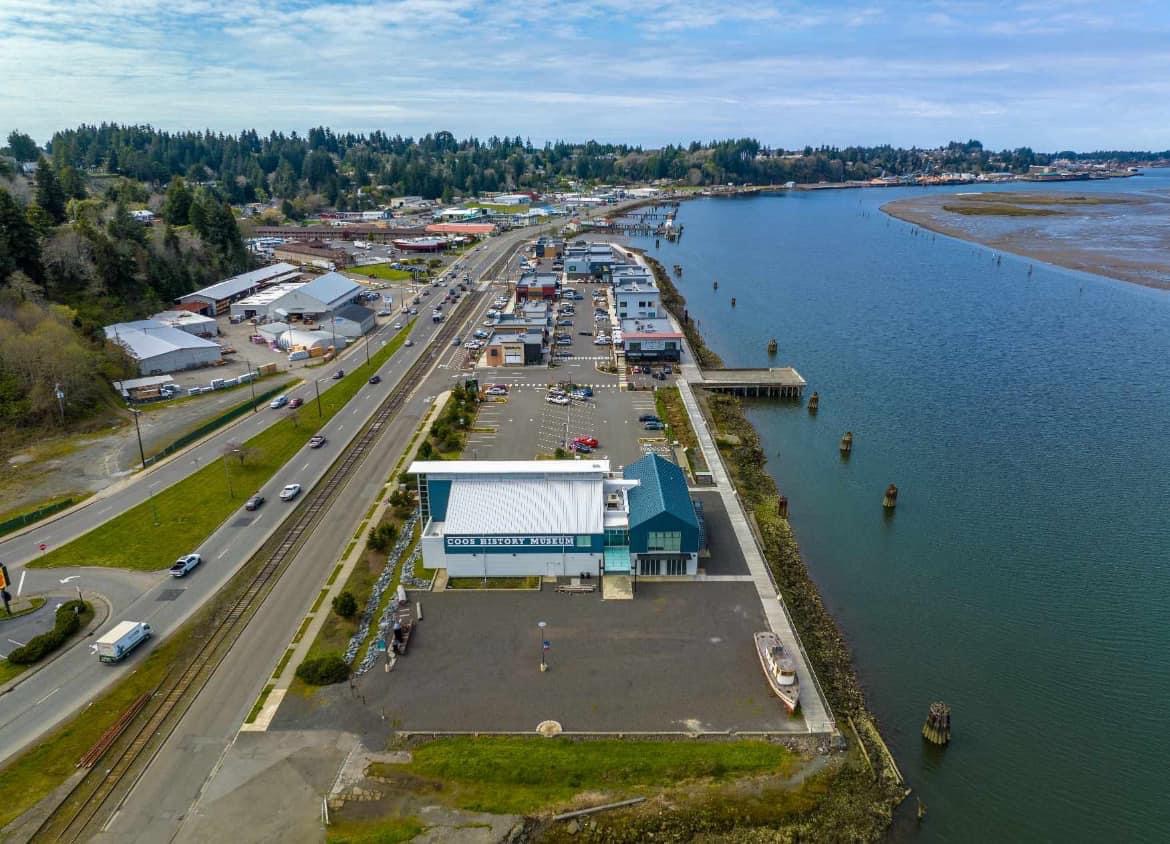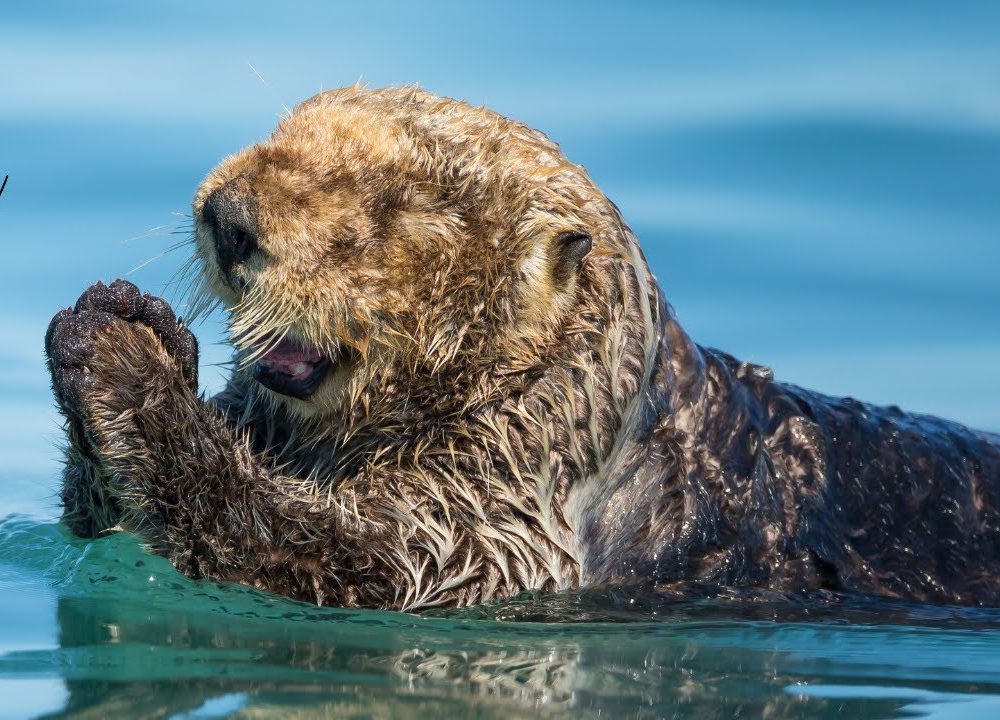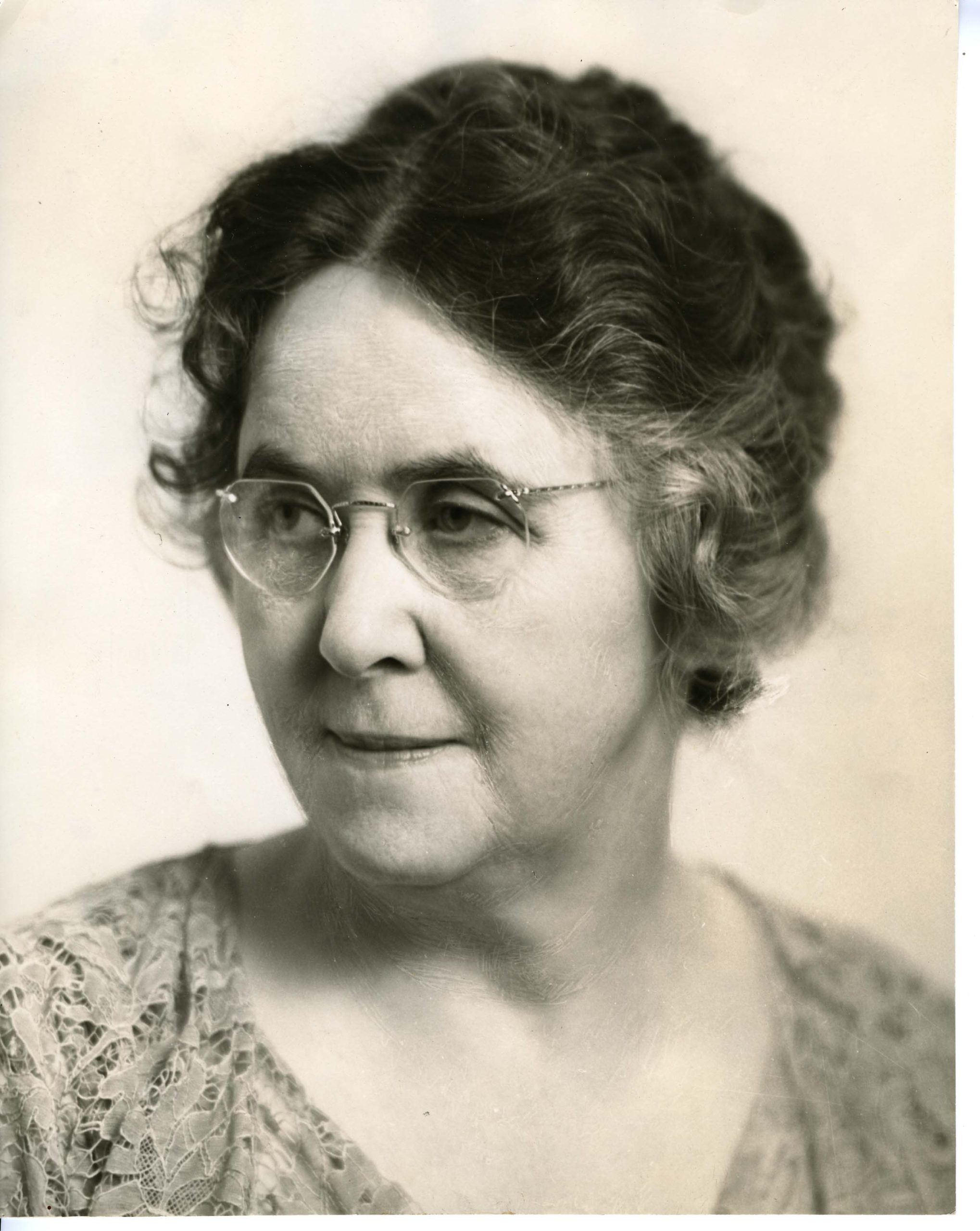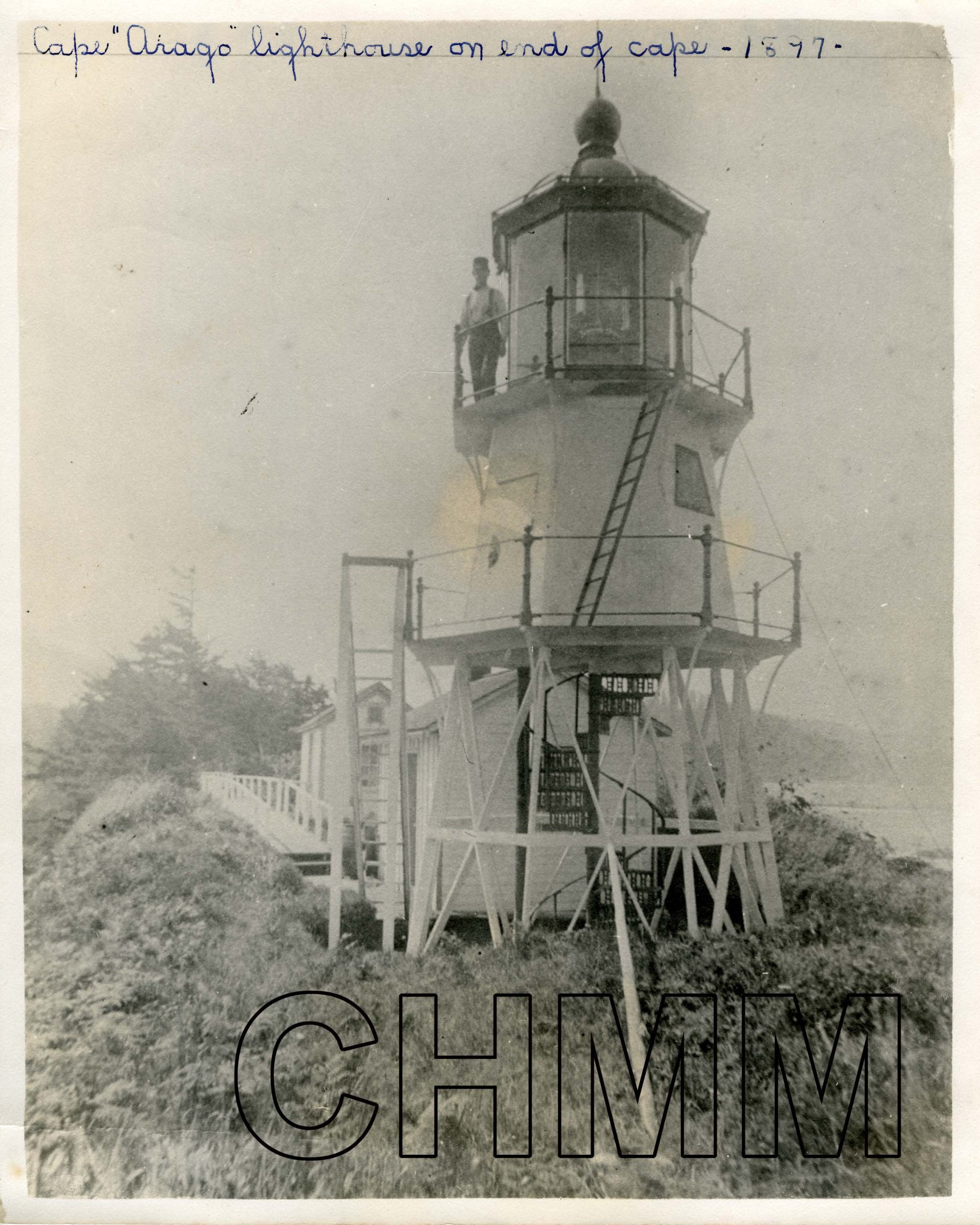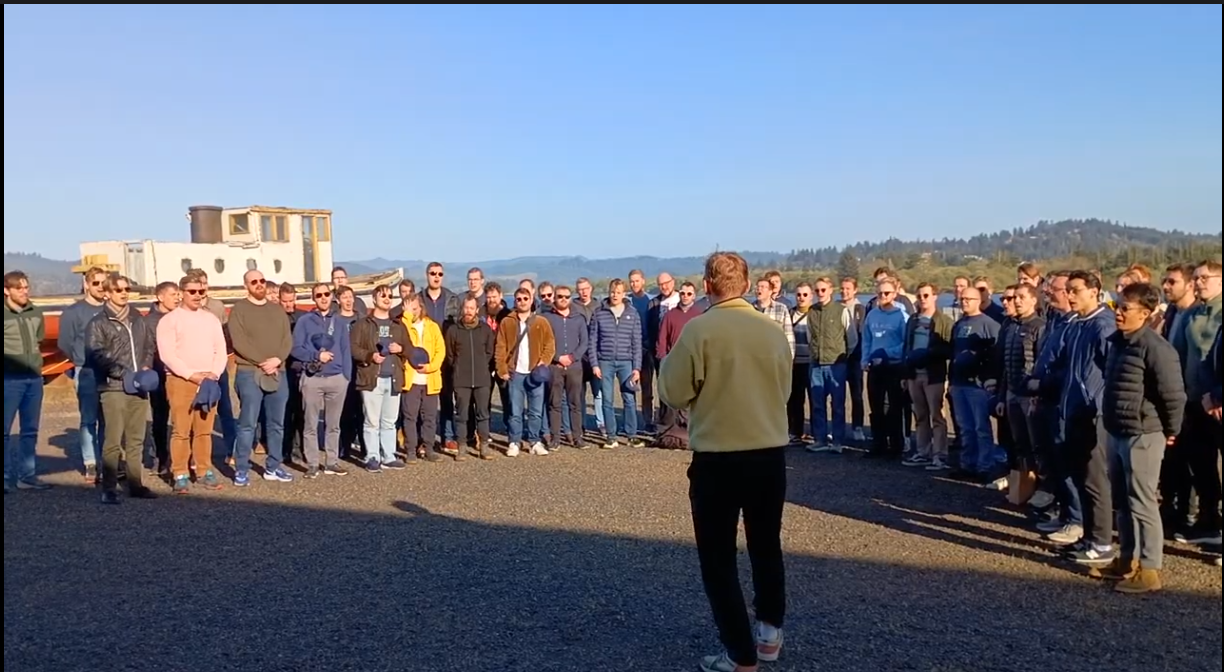Walking in Their Shoes: Women in Coos County’s History
As Women’s History Month comes to a close, and we reflect on this year’s Women’s History Walking Tour, we highlight the stories of the incredible women who shaped Coos County’s History.
Preserving Stories & Language
Local tribes have lived in this region since time immemorial, passing down their histories through oral traditions and stories. When settlers arrived, many Native Americans, including the Coos people, were forcibly removed from their lands. Women played a vital role in preserving tribal cultures, stories, and language despite these disruptions.
One such woman was Annie Miner Peterson, a Coos woman who grew up speaking both Hanis and Miluk. Taken to the Alsea subagency as a baby, she later returned to Coos Bay as an adult and became an expert basket maker.
Annie, speaking Hanis, Miluk, and English, was essential in the preservation of the Coos languages. Her voice and knowledge were recorded in the 1930s by anthropologist Melville Jacobs using wax cylinders and a phonograph. Almost all of our understanding of the Miluk language today comes from her contributions, along with those of Laura Hodgkiss Metcalf. Known as “Lolly” to her family, she was recorded in 1953 saying 284 different Miluk words. When she passed away in 1961, the Miluk language went dormant—until 1986, when her great-grandson discovered her recordings and revived it.
Today, the recordings of Annie and Laura are used by local tribes and schools to teach Hanis and Miluk to youth.
Women in Medicine
For many women arriving in Coos County, the journey itself was treacherous. Traveling along the old Wagon Road from Roseburg took two days, and crossing the bay presented another challenge. Once here, they faced the daunting task of building lives in a newly established community.
Women’s opportunities were limited. Few had college educations, and most relied on their husband’s income. Those who sought work outside the home found roles as clerks, typists, seamstresses, teachers, or nurses.
One profession where women made a significant impact was nursing. As the population grew, so did the demand for medical care. The first public health department in Oregon was established in Coos County in 1922, but prior to that, medical professionals worked independently, often under difficult conditions.
Elizabeth Campbell Bickford was one such nurse. Tasked with traveling to all 92 schools in the county, she had to rely on canoes, horseback, milk boats, log trucks, or her own two feet to reach her patients. Working in nursing for over four decades, Elizabeth lied about her age well into her 60s in order to continue to provide for her community.
Another influential group was the Sisters of Mercy, an order founded in Dublin in 1831 that opened Mercy Hospital in Coos Bay in 1906. In their first year, they treated 66 patients, many of them injured loggers. The hospital relocated twice before settling at St. Catherine’s in 1957, allowing them to serve more patients. It was at these hospitals that the sisters provided primary care to all the sick and injured who came through their doors, supplemented by visits from well-known doctors like Everett Mingus several times each week.
While many are familiar with Dr. Horsfall, Coos County’s longest serving doctor, fewer know the story of his wife, Lydia Horsfall. A college-educated musician, she studied at the University of Oregon and returned to Marshfield to teach music. She met Dr. Horsfall at age 22, and on one of their first dates, he was called to an emergency on the South Slough. Lydia volunteered to assist in emergency surgery, and Dr. Horsfall was so impressed that he later proposed.
Lydia continued to teach music, host community events, and assist her husband at the hospital when needed. Her story is a testament to the many ways women shaped their communities beyond traditional roles.
Preserving Women’s Stories
No matter how small they may seem, every story is important. Here at the Coos History Museum, our mission is to preserve every aspect of history for future generations. The stories of these women, whether they were storytellers, nurses, teachers, or homemakers, are vital pieces of Coos County’s past. By remembering them, we ensure that their contributions live on.

